Wine Conversations: Grappling With Authenticity (I)
What Does "Authenticity" in Wine Really Mean - And Who Gets to Decide?
When
approached me, asking whether I would like the honour of picking this month's topic for Wine Conversations, I was not entirely sure if I could come up with a suitable theme. After some thought, however, there is one topic which I have considered for some time that I think warrants further discussion—and one which I am curious to hear how the very talented writers contributing to this series would approach.New to the series? Each month, a different writer from the wine world selects a theme, sparking an ongoing conversation as others respond with their own thoughtful perspectives.
We live in a world where authenticity matters more than ever. Consumers—many of whom live in wholly man-made bubbles—increasingly seek a connection with nature and wish to distance themselves from the artificial, whatever that might look like. It is, I believe, a large part of what has driven demand for natural wines to the heights seen today, and fits neatly into the increasingly climate-conscious mindset, particularly prevalent among younger consumers.
Yet the term “authenticity” is extremely loosely defined and highly dependent on the context in which it is used. In the wine trade, where the marketing lingo is filled with language that emphasises truth, place and tradition, the term “authenticity” has become something of a buzzword used to describe everything from low-intervention winemaking techniques to long-standing family domaines, and more broadly even wines from certain regions. But what actually makes a wine authentic? Is it about process, the story told, the flavour of the wine—or is it simply a glorified marketing term?
Being True to Place and True to Self
For me, the natural starting place when discussing authenticity is the elusive French term terroir. Lacking any direct translation into English, it encapsulates all the environmental influences that can affect a wine, including the soil, the topography of the land, farming practices and climate. It is the environment in which the grapes are grown, more than anything, that determines the potential quality of a wine—and while a lot can be done to compensate for sub-par grapes in the winery, truly excellent wines can only come from quality grapes. This link between the land and the wine is probably the best, and least disputable, example of authenticity and belonging. Sparkling wine is not Champagne unless it is from Champagne, much in the same way that wine from Luberon, or any other region, can only claim to be from the place if it was grown there.
This is something which not only holds true in the public consciousness, but which is also upheld by law. The recent sentencing of Swiss winemaker and fraudster Cédric Flaction is but one example. Between 2009 and 2016, Flaction purchased 750,000 litres of Spanish bulk wine and 105,000 litres of Pinot Noir from Schaffhausen, which he then sold on as Valais appellation wine. Other than being a blatant example of fraudulent violation of consumers' trust, there is also no doubt that the wine in question—while real wine made from real grapes—was not, in fact, authentic AOC Valais wine.
It is interesting to compare this case with other high-profile wine scams, such as the organised crime ring producing counterfeit Sassicaia, or the forgeries of Rudy Kurniawan, which were the focus of an excellent documentary called Sour Grapes and the book Billionaire’s Vinegar. While those were cases of counterfeit production, Flaction’s crime was one of origin misrepresentation. This, of course, does not make it any less reprehensible. We as consumers need to be able to trust that what is on the label accurately reflects what is in the bottle—and while Flaction’s wines were not copies of anything in particular, the fact that they were not authentic AOC Valais wines but rather a cheaper Spanish product is unacceptable.

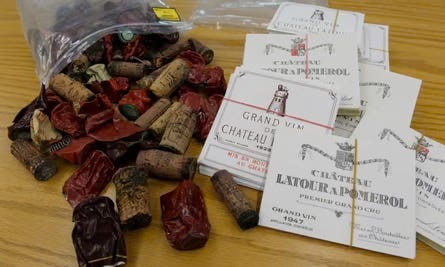
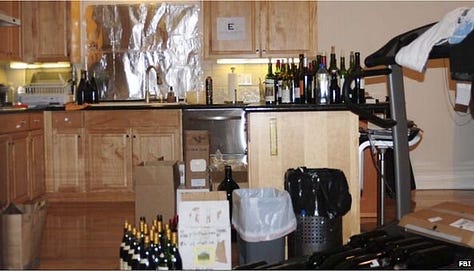
Now, let’s imagine that the labelling was done in a legal manner, acknowledging the fact that the grapes used came from Spain and Schaffhausen. This would have taken the issue outside the realm of fraud, but could the wine in question have any claim to being authentic? It would certainly match the dictionary definition of being of undisputed origin and not a copy. It would be, for all intents and purposes, genuine wine. That distinction suggests that authenticity is not actually determined by the wine itself, but rather by what the maker and seller of the wine communicate to the consumer.
This is how urban wineries in London can produce wine from imported grapes, for instance. Renegade Urban Winery is one example that makes quality—if not spectacular—wines from English, French and Italian grapes, all in a former industrial estate in East London. While their transparency in sourcing is admirable, and the wines are clearly honest representations of the winemaker’s vision, one could still argue that something essential is lost when the vinification is removed from the site of the vineyard. That said, that is perhaps unfair, as nobody questions that Napa grapes, even if vinified outside Napa, make Napa wine. Even so, the French authorities would likely have a field day were Renegade to claim their wine being French even if French grapes were used.
Can we then conclude that authenticity is a simple matter of honesty and transparency? I’m curious to hear what others think of this, but I’m leaning towards yes. In particular because this definition empowers whoever makes the wine to decide whether or not it authentically reflects their efforts and the place they represent.
Is Natural Wine More Authentic than Conventional Wines?
That natural wine represents a more authentic expression of wine is certainly the sentiment that comes across in the marketing of natural or low-intervention wines. Largely a response to what many see as overly polished, over-industrialised wines, these wines are sold with stories emphasising how their minimal intervention more accurately reflects the character of their terroir, implying that wines that are not “natural” are by default the opposite. That’s not to say I’m against low-intervention wines. Many are excellent, and a light-handed approach in the winery can indeed yield excellent results—much in the same way that overly manipulated wines can completely wash out the more delicate characteristics that would have made a wine interesting. Yet in the context of authenticity, it is disingenuous to claim that a lower-intervention wine tells a more authentic story about the terroir it comes from than one using an appropriate amount of sulphites and what might be called “conventional” winemaking techniques. Are they stylistically different expressions? Sure, but why should the latter be any less authentic than another?
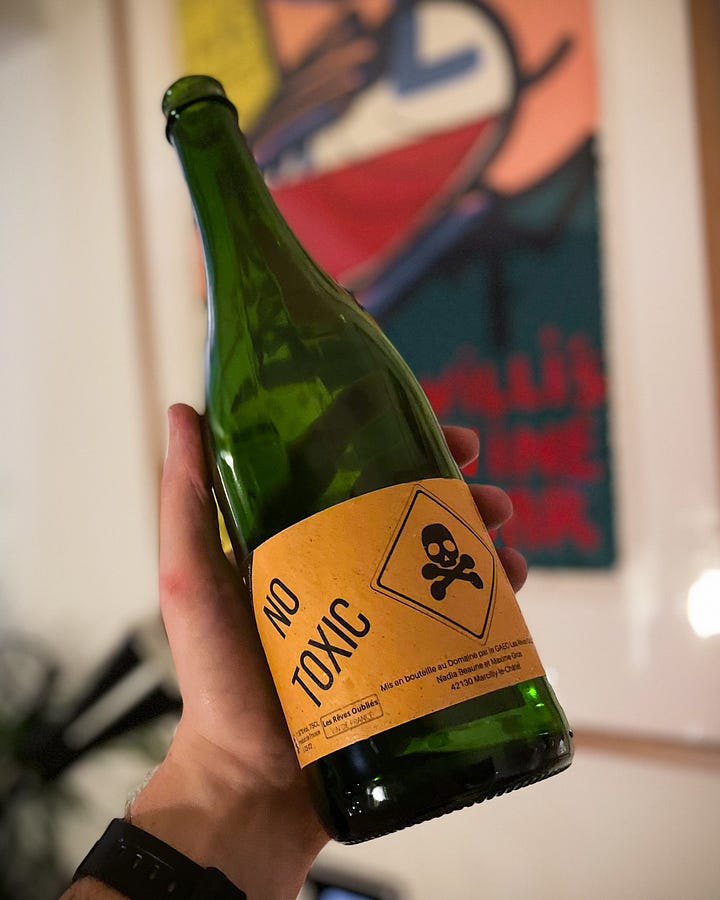
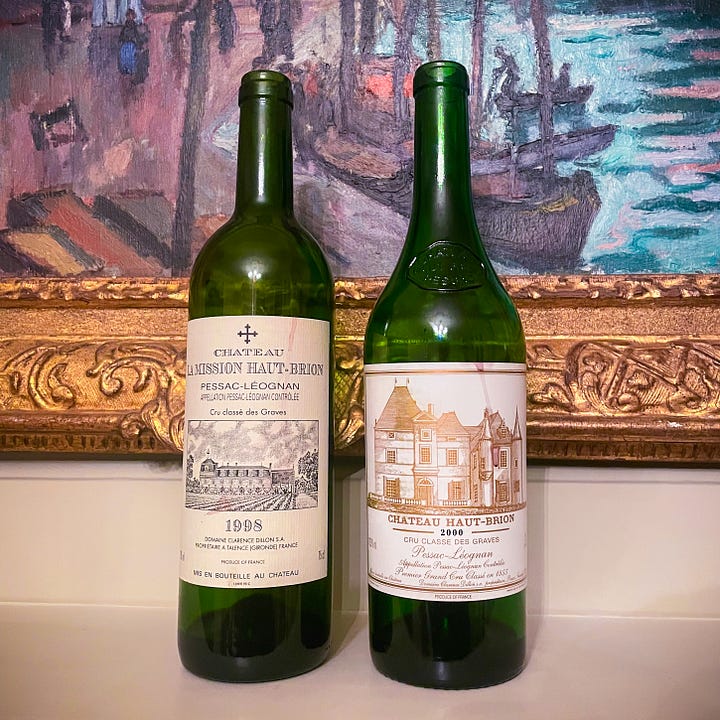
Yet given the current climate, and the ability of this narrative to shift wine on the market, it is no surprise that this story is being repeated, and that more producers than ever are highlighting their low-intervention winemaking techniques. Rather than focusing on the quality of the wine alone, it uses language that forces the consumer to make an additional quality judgement based on very limited information. You buy organic food because you have been told it relies on sounder farming practices and less aggressive pesticide protocols. It is perceived as healthier, more sustainable, and more authentic. More natural.
I believe it is this connotation that natural wine marketing relies on—and which feels somewhat misleading, if not outright dishonest. Many producers of wines sold as “conventional” are, after all, also doing good work in the vineyard, farming conscientiously, often with stringent certifications to back them up. Yet the distinction between “natural” and “conventional” creates a divide in the market that is of very little value to the consumer, beyond perhaps communicating a certain style of wine.
The Role of Privilege
That money and privilege shape the story told about wine should come as no surprise. At its core, authenticity in wine is often equated with tradition, terroir, and narrative, part of which was discussed above—but access to the platforms that define and disseminate these concepts is not evenly distributed. Land ownership in historically prestigious regions has long been the domain of the wealthy, and institutional frameworks like appellations and certifications tend to favour producers with the resources and know-how to navigate them. This reinforces the idea that authenticity is tied to certain regions, methods, or names, sidelining equally rooted practices that fall outside these norms. Indigenous, immigrant, or small-scale producers without this generational access to capital or institutional recognition may craft wines deeply connected to their land and culture, yet still struggle to be seen as legitimate or “authentic” in the eyes of the global market.
Cultural gatekeeping further limits which wines are celebrated. The wine world is still largely shaped by Eurocentric ideals, with French, Italian and Spanish paradigms often setting the standard for what “real” wine should taste like and how it should be made. Producers from lesser-known regions—or those working with hybrid grapes, historical methods, or non-European traditions—can find themselves outside the circle of authenticity unless their stories are filtered through Western media or endorsed by influential critics. Privilege also shows up in language and storytelling: winemakers who can speak the right language (both literally and culturally) are better positioned to shape the narratives around their wines. As a result, authenticity becomes less about connection to place or integrity of process, and more about who gets to tell their story—and who is listening.
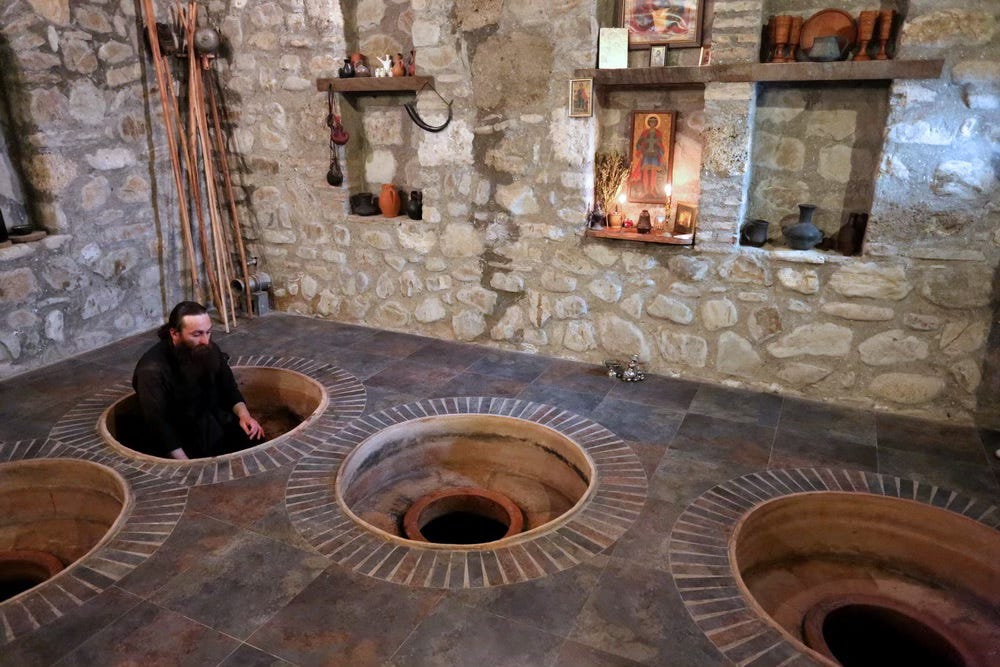
Final Thoughts
Discussing what authenticity actually means in a world that is so used to—and, to a degree, expecting—that products are aggressively marketed is, I believe, something that should be done, as the concept itself is at once weaponised and romanticised to the point where it loses all meaning.
I believe that honesty and transparency in how we communicate about wines is critical, and that while it serves those who can hide behind certain appellations and marketing terms to do so, the consumer would be better off by resetting some of their preconceptions. That is easier said than done, however. Marketing works really well, and when someone from a place of authority says that a certain wine represents, as an example, an authentic expression of Chardonnay, that sets a precedent the average consumer cannot be expected to refute.
Stylistic qualifiers are also useful, but should not be used to pit one style against another in the way that is currently done with the “natural” vs “conventional” branding.
What is nice to see however, is that the same consumers willing to explore, or seeking out smaller, independent producers, are also more open to trying wines that fall outside the traditional paradigm that sees French wines as the undisputed example of what “true” wine is.
I am super excited to hear what others have to say on this topic, as I’m sure there are plenty of angles to explore.

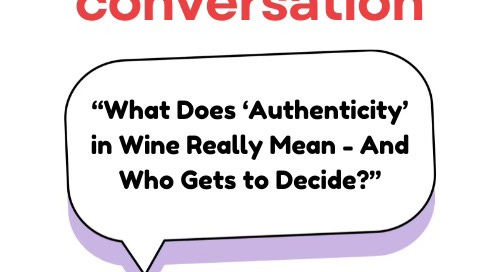



Interesting topic George! I feel that authenticity is a slightly more broad-minded cousin of typicity. Both potentially insidious concepts in wine, often wielded to indeed gatekeep and slander otherwise interesting wines.
Always worth looking at a dictionary definition, I found the one from the American Heritage dictionary quite helpful:
The quality or condition of being authentic, trustworthy, or genuine.
The quality of being authentic or of established authority for truth and correctness.
Genuineness; the quality of being genuine or not corrupted from the original.
The point that natural fan champions, growers and so on are making is that a great deal of mass produced wine is divorced from wine making traditions and relies instead on intervention and manipulation.
So yes, trustworthiness and genuineness is important, as you suggest. Not being corrupted from the original is perhaps where the natural/low-intervention thing comes into play. If you chaptalise, acidify, add tannins, do a cold fermentation with aromatic yeasts, sterile filter and clarify, you have changed the original raw materials to an extent that the end result can no longer be called authentic.
This is a fascinating subject, and thank you, George, for such a thorough treatment. Your point on the role of privilege is particularly interesting; for me, authenticity is a sacrosanct concept in art, wine and life, and for that very reason, it's a phenomenally powerful one to weaponise. Some—the (English-speaking) West, the French (guardians of tradition), corporations, wealthy individuals, etc—have a lot more firepower when it comes to “owning” these concepts or bending them to their will.
The "natural vs conventional" idea is unhelpful precisely because both are loaded and utterly misleading terms. (I understand the frustration of would-be authentic family growers who naturally garden manageably sized plots to harvest healthy grapes, ferment and mature their fruit simply, make beautiful wine and get lumped in the conventional camp because they protected it with SO2 and slapped on a traditional-looking label.) Even terroir is an abused notion; it means nothing if the land or vine material aren’t up to much, if the growing and/or making are shoddy or distorting, or, to my mind, if the producer's judgment or motives don't pass muster.
Honesty and transparency are important; truth! But the question there is: Truth to what? To origin? To principle? It's one thing to imagine an unadulterated wine—but, as rightly pointed out in winemaking discussion (incisive comments, too), where do you draw the line on manipulation and adulteration? (Microbial adulterants occur naturally, but that’s not an authenticity flex for me.)
And beyond the idea of authenticity of product—its truth to origin—we're missing a lot if we don't consider the essence of the producer. Authenticity and commitment, as understood by the existentialists, are a really interesting way of weighing the intent, practices and output of producers. Truth to self, I suppose you'd say. This is something that tends to run through all the stories we really care about, and it’s what separates the authentic from the inauthentic, for me. Being so inherently individual, it also does justice to the intricacies of wine. It probably situates authenticity where it should be: not a buzzword tag to ascribe to your product but something to strive for and constantly, uniquely define. For the consumer, it’s something to consider when contemplating the quality, character and pleasure of the wine; how much you value it and want to pass it on.
(As an aside, the concept of authenticity—from a philosophical viewpoint—was discussed in my latest episode on the Vininspo! podcast, an interview with A. C. Grayling. We talked about wine's intersection with the ideas in his book, Philosophy and Life: Exploring the Great Questions of How to Live. Tune in on Substack, or wherever you get your...)